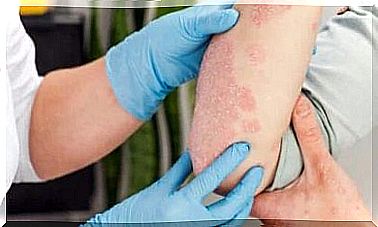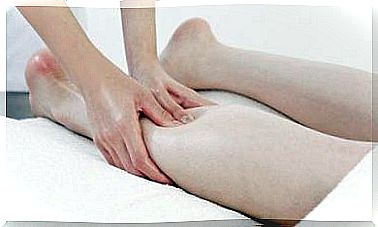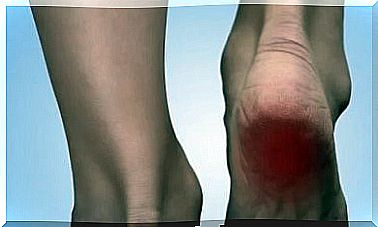Diagnosis And Treatment For Diabetes Insipidus

Diabetes insipidus is a disorder that occurs as a result of a total or partial deficiency of a substance called vasopressin. It also occurs when the body resists the absorption of this component. The most typical symptom of this condition is polyuria or, in other words, the elimination of a larger amount of urine than normal. Below, we will present information about the diagnosis and the main treatment for diabetes insipidus.
There are two types of diabetes insipidus: central and nephrogenic. In both cases, it can be primary or secondary. Primary diabetes insipidus is a genetic condition, while the secondary form is acquired. Central diabetes insipidus originates in the hypothalamus and is the most common form. Nephrogenic diabetes insipidus, on the other hand, originates in the kidneys.
The main symptoms of diabetes insipidus are, as mentioned, polyuria, as well as polydipsia and excessive thirst. Patients suffering from this disease may have urine levels between 5 and 8 liters per day. And, if they fail to consume this amount of fluids, they may suffer from dehydration and / or hypovolemia.
Causes of diabetes insipidus

Diabetes insipidus occurs when the body cannot regulate body fluids. Under normal circumstances, there is a balance between the amount of fluid consumed by a person and that eliminated by the kidneys. When it comes to diabetes insipidus, the body is not able to maintain this important balance.
The excretory function of the kidneys is largely determined by the production of an antidiuretic hormone. The production of this hormone – vasopressin (ADH) – takes place in the hypothalamus. Subsequently, the hormone is stored in the pituitary gland. If the body begins to dehydrate, this hormone is released into the bloodstream.
Vasopressin further activates the renal tubules. This, in turn, determines the concentration of urine and also causes the tubules to release a certain amount of water into the blood. The purpose of this action is to prevent the loss of water through urine.
In the case of central diabetes insipidus, there are lesions in the hypothalamus or pituitary gland. These damages limit the production, storage or release of vasopressin. In nephrogenic diabetes insipidus, the defect occurs in the renal tubules. They fail to react to the hormone vasopressin the way they should.
diagnosis
Treatment for diabetes insipidus

The treatment of diabetes insipidus depends on the type that affects the patient. In general, the treatment of central diabetes insipidus involves hormonal rebalancing and the correct management of correctable causes. Improper treatment can lead to permanent kidney damage.
Doctors normally recommend the use of desmopressin, which is a synthetic analogue of the hormone vasopressin. It has vasoconstrictor and antidiuretic properties that have a long-term effect. Most often, it comes in the form of a nasal solution. However, it can also be injected under the skin. But this should only happen in emergencies.
In some cases, the treatment of diabetes insipidus may involve non-hormonal pharmaceuticals. In this case, there are three different groups of drugs. These are prostaglandin inhibitors, thiazide diuretics and vasopressin-releasing pharmaceuticals. The combination of these drugs tends to produce positive results.
However, the treatment of diabetes insipidus is different when it comes to the nephrogenic type. In this case, it involves food changes and pharmaceuticals to reduce the amount of urine. Doctors usually prescribe nonsteroidal anti-inflammatory drugs (NSAIDs) and thiazide diuretics. Moreover, specialists recommend a diet low in salt and protein. And, of course, the treatment of diabetes insipidus, regardless of type, always involves the prevention of dehydration.









